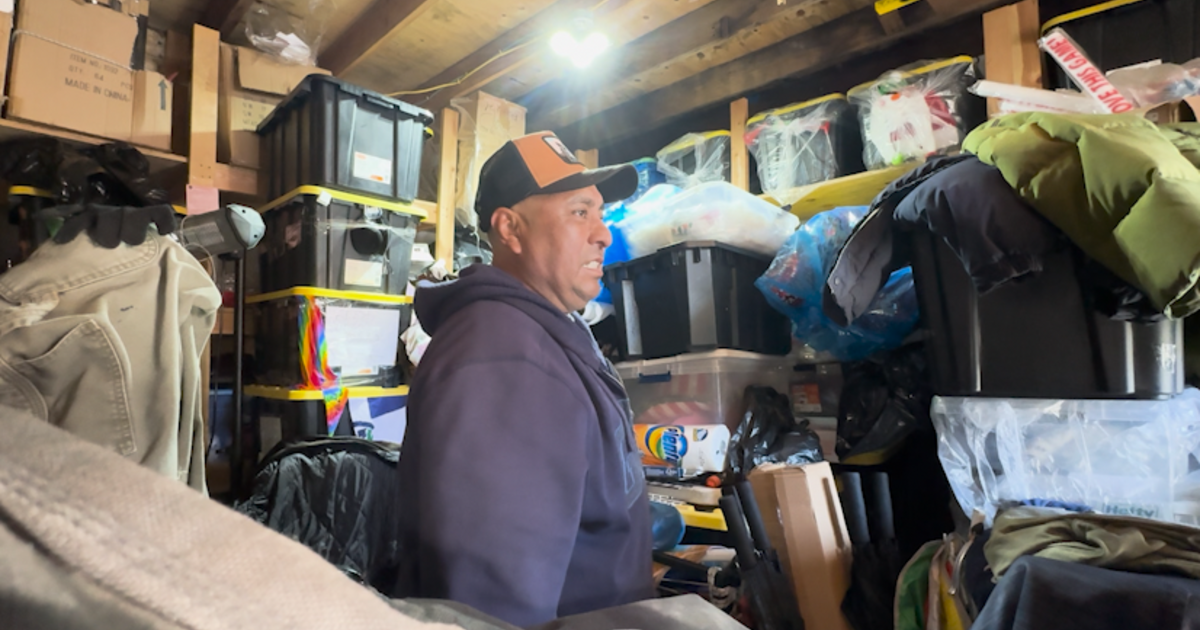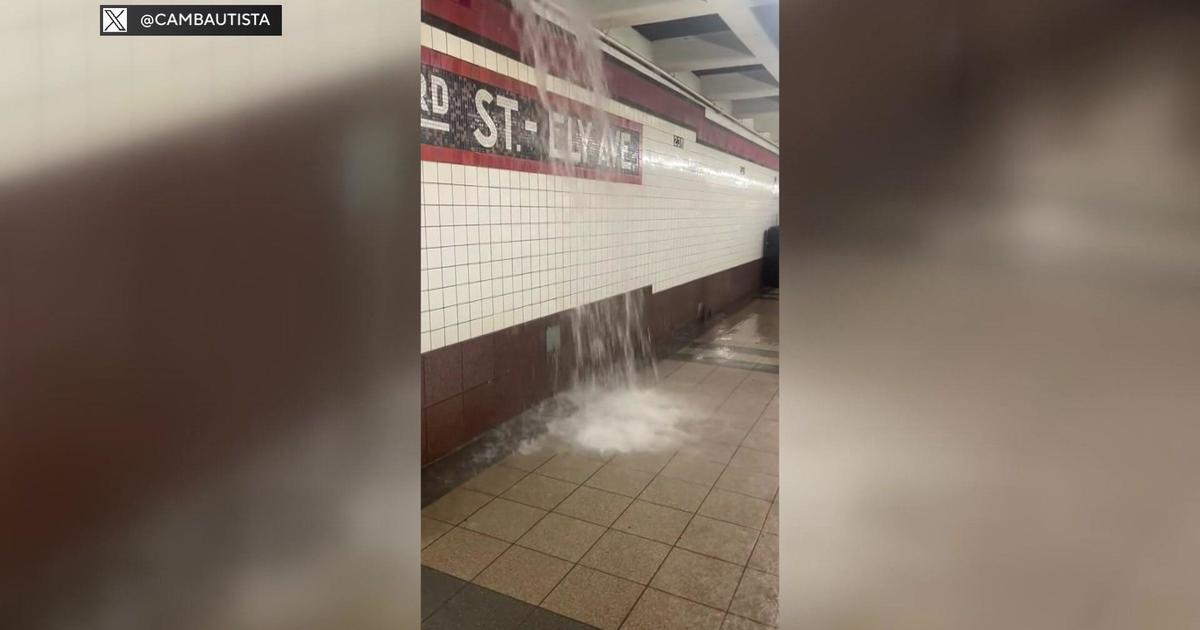10 years after Sandy, draft coastal resiliency plan includes 12 storm surge gates
NEW YORK - As we approach Superstorm Sandy's milestone anniversary, environmental groups are weighing in on a massive coastal resiliency proposal which can affect New York City, and especially coastal communities in Brooklyn, in the coming decade.
A decade after her longtime neighborhood of Brighton Beach was inundated with water during Sandy, Ida Sanoff, executive director of the Natural Resources Protective Association, says many waterfront communities are still vulnerable.
"Nothing has been done," she said.
A recently-released draft proposal from the U.S. Army Corps of Engineers outlines a $52 billion project expected to begin in 2030 after a public comment and official approval process. It includes a network of coastal infrastructure, including 12 storm surge gates that will be able to close when needed. Six of them are being considered in or around Brooklyn, including Coney Island Creek, Newtown Creek, the Gowanus Canal, Sheepshead Bay, Gerritsen Creek and Jamaica Bay.
Activists say each of these locations have different needs. Newtown Creek, for example, is still zoned primarily for heavy industrial and manufacturing purposes, says Willis Elkins, Executive Director of the Newtown Creek Alliance.
It's also a Superfund site. Elkins says the water can get very narrow and stagnant.
"We really want to make sure that anything that is being proposed here is not going to inhibit the exchange of water from the East River to the creek," he told CBS2's Hannah Kliger on the banks of the water in Greenpoint.
Many activists also say they'd like to see more natural flood protection measures in these resiliency plans to help these waterfronts recover from more than a century of industrial use and pollution.
The plan does include some wetland restoration and the use of plants to manage erosion. However, activists like Sanoff worry the gates won't be properly maintained.
"There's problems with sewage accumulating behind them and it ultimately impacting water quality," she says.
The USACE concedes that the plan does not address all kinds of flooding, something these groups say is significant.
"It's important to remember that this study that the Corps is engaged in is really just to look at storm surges, it's not for sea level rise and other changes in weather, like frequent inland flooding, for example," said Tracy Brown, president of Hudson Riverkeeper, an environmental watchdog group.
Brown adds that public engagement on this is key.
"Riverkeeper's call throughout has been to make sure that the Army Corps really hears from the most impacted neighborhoods, all impacted neighborhoods and communities," she said.
Public comments are being accepted now through Jan. 6, and a plan is expected to be finalized in 2024.
You can explore an interactive map of the Harbor and Tributaries study with all the proposed features, and read the full report here.
Have a story idea or tip in Brooklyn? Email Hannah by CLICKING HERE.



